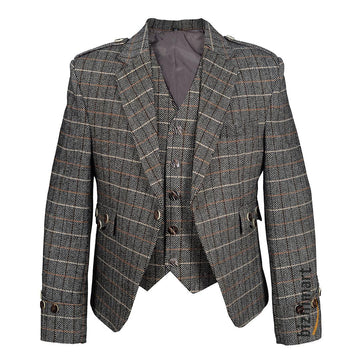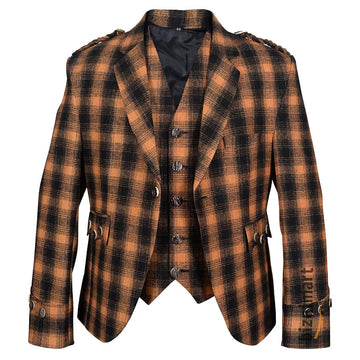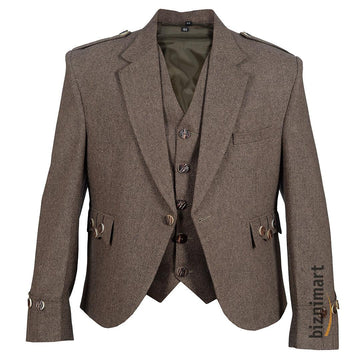Scottish Tartan Kilt Pleating Styles?
Kilt Pleats Difference

Knife Pleats
A well known method and possibly the most popular way of making a kilt. The 8yd kilt will almost certainly be knife pleated, but by using wider pleat faces a very serviceable kilt can be made from as little as 4 yards. Knife pleats probably give the greatest swish and swing on any of the pleating variations

Box Pleats
A more historic method and probably the way that the first tailored kilts were made. Typically they use between 4 yards - 5 yards, with wide pleat faces and an evenly balanced box pleat behind. Box pleats tend to have a very limited swish

Double Knife Pleats
A curious method but useful if the tartan sett is large as extra deep pleats can prove a little awkward in use, and also the doubled pleats behave very well and create a good swish

Double Box Pleats
Another unusual method and again useful on larger setts. The double box pleated kilt does have better movement than the simple wide box pleats

Military Box Pleats
An unusual method that gained popularity in the Military. It is an uneven box pleat with the extra bulk folded back. It is also called a knife box, or a rolled pleat. It needs more care in use as the pleats can become creased more easily, and sometimes has an elastic tape added on the inside to help keep the pleats in order. It takes longer to sew so consequently more expensive, normally used between 7 and 8 yards of tartan, and almost always pleated to the “Stripe”

Kinguisse Pleats
An unusual and slightly curious pleating variation based on a single kilt found in Kinguisse, Scotland.
A central wide box pleat with knife pleats fanning out in opposite directions.
The pleats move with a gentle controlled swing but can be a little uncontrollable in windy weather
If a double box is created for the central pleat then the pleats can be can be of a more uniform size

Reverse Kinguisse Pleats
Essentially the other side of the Kinguisse style.
The pleats meet in the centre back , with both sides facing towards the rear.
This style has gained popularity in the modern Utility styled kilts, often in cotton drill fabric







